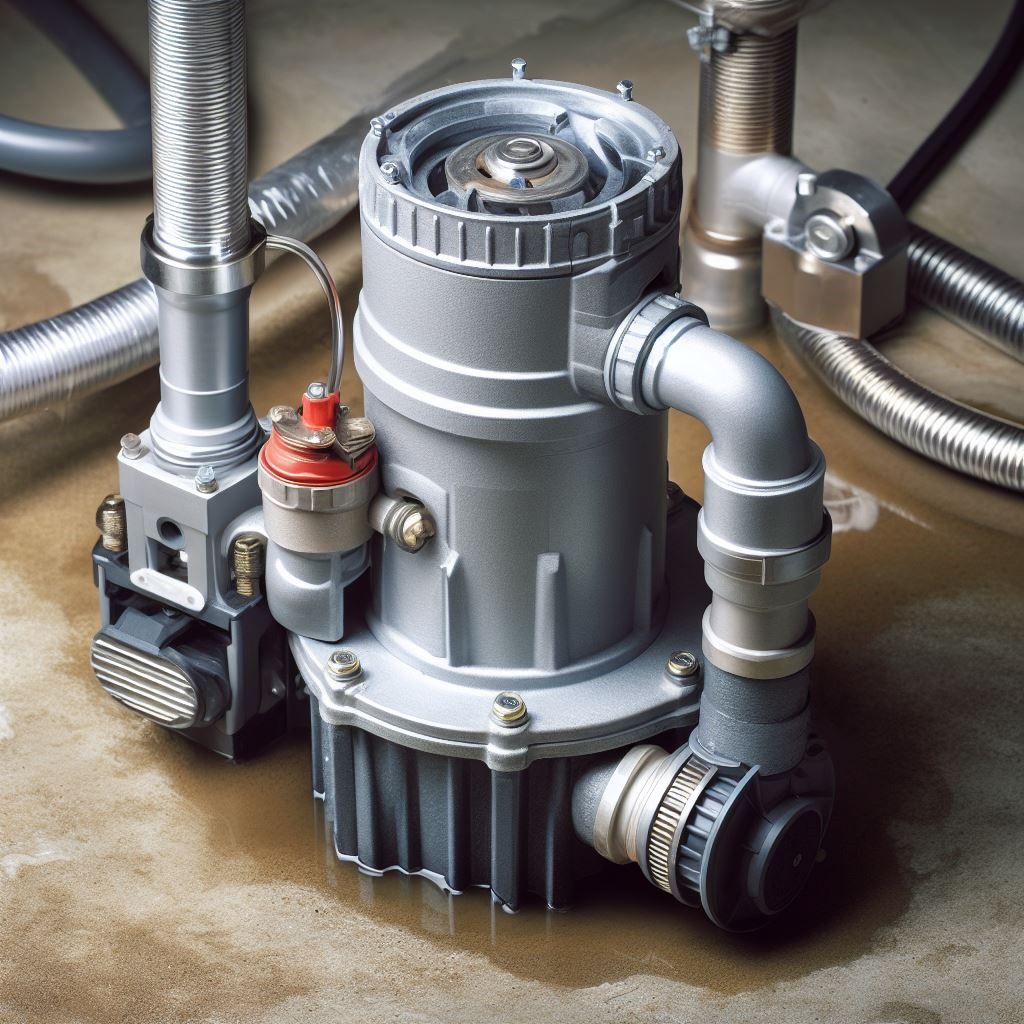In the dark, damp recesses of your basement, a silent guardian stands ready, poised to protect your home from one of its greatest enemies: water. This unsung hero is the sump pump. But like all heroes, even sump pumps have their limitations and lifespans. In this blog, we’ll explore the importance of sump pumps, their signs of aging, and when it’s time to replace them.
The Role of Sump Pumps: Defending Against Water Intrusion
A sump pump is a crucial component of your home’s defense against water infiltration. Installed in a pit (the sump) in your basement or crawl space, its primary function is to pump excess water away from your home, preventing flooding and the associated damage. Here’s how it works:
Collection: Water enters the sump pit through drains or natural seepage.
Activation: As the water level in the sump pit rises, the sump pump activates.
Pumping: The pump removes the accumulated water, directing it away from your home’s foundation through a discharge pipe.
Prevention: By keeping your basement or crawl space dry, sump pumps help prevent structural damage, mold growth, and costly repairs.
Signs of a Sump Pump Showing Its Age
Like any mechanical device, sump pumps have a finite lifespan. On average, they can last between 7 to 10 years, but various factors, such as usage and maintenance, can affect their longevity. Here are some common signs that your sump pump may be nearing the end of its service:
Frequent Cycling: An aging sump pump may start to cycle on and off more frequently, even when there’s no significant water infiltration. This indicates a loss of efficiency.
Strange Noises: Unusual sounds like grinding, whirring, or loud vibrations can suggest mechanical issues within the pump.
Reduced Pumping Capacity: If your sump pump struggles to keep up with incoming water, it may be a sign that its motor or impeller is deteriorating.
Visible Rust or Corrosion: Rust and corrosion can affect the pump’s components, making it less effective and prone to failure.
Water Leaks: If you notice water leaks around the sump pump, it’s a clear indication that it’s no longer doing its job effectively.
Foul Odors or Mold Growth: A failing sump pump can lead to increased moisture, which in turn can cause mold and unpleasant odors in your basement.
When to Replace Your Sump Pump
Knowing when to replace your sump pump is essential to maintaining the protection of your home. Here are some factors to consider:
Age: If your sump pump is nearing or has exceeded the average lifespan, it’s a good idea to consider replacement.
Frequency of Use: If your area experiences heavy rainfall or you find your sump pump working more often, you might need an upgrade to handle the increased load.
Maintenance Challenges: If your sump pump requires frequent repairs or maintenance, it may be more cost-effective to invest in a new, reliable unit.
Advanced Features: Newer sump pump models come with advanced features such as battery backup, Wi-Fi monitoring, and self-testing, offering greater peace of mind.
Visible Wear and Tear: Obvious signs of wear, rust, or corrosion indicate that your sump pump is no longer in optimal condition.
In conclusion, sump pumps are the silent heroes that protect our homes from the perils of water infiltration. They play a vital role in maintaining a dry and secure environment in your basement or crawl space. Regular maintenance and vigilance for signs of aging can help you determine when it’s time to replace your sump pump, ensuring your home remains safeguarded against water-related threats. So, don’t underestimate the significance of this unsung protector—it may be the key to keeping your basement dry and your home damage-free.

